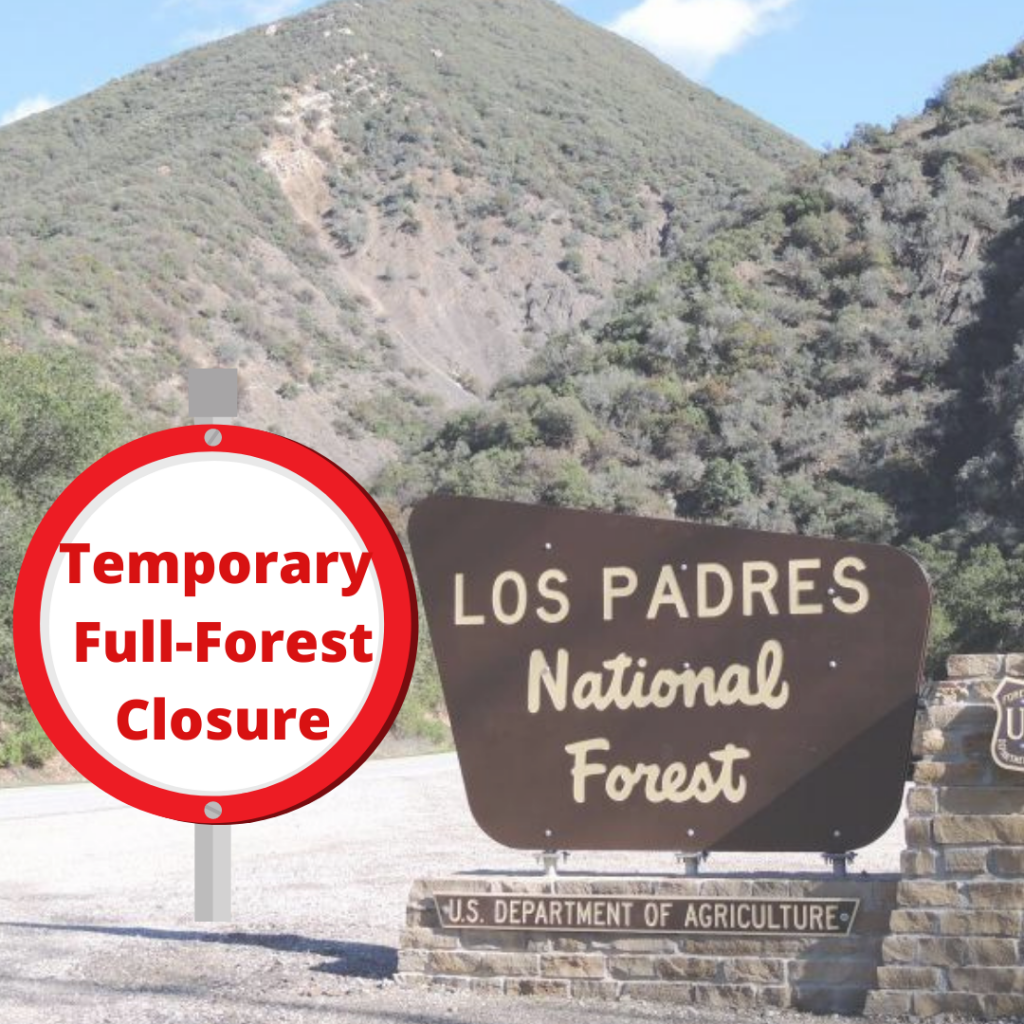
Our public lands are at the forefront of the current health crisis as places the community consistently turns to for solace. When the COVID-19 stay-at-home orders went into effect, many people looked to the nation’s wealth of natural open space as safe to visit. But what happens when our forests and other public lands close, or people are discouraged from visiting them?
Recent wildfires and other serious public safety concerns prompted public lands closures throughout California.

For some, visits to the forest for camping or other recreational use might have been the only vacation or time of respite they had this year. For others, it meant their outdoor access options were limited. While closing certain public lands was understandably done in an effort to reduce human-caused wildfire ignitions, the closures came during a time when outside exercise was one of the only recommended activities (aside from going out for essential needs) for staying safe, healthy, and preventing the spread of the virus. It was also a time when much of the public was at home more, working longer hours, and when children’s screen time had increased exponentially.

During normal times, visiting a national forest or other federal lands may only be accessible to those who live close or have transportation to reach these places, but the pandemic further revealed the impact on communities who have disproportionate and inequitable access to nearby outdoor spaces.
Several research studies indicate that, particularly in low-income neighborhoods and in communities of color, residents have fewer parks, coastline, or natural open spaces that can be used safely for recreation. During a time when physical distancing was required and fresh air was most needed, many local parks closed. To compound the problem, communities further from the few open public places were discouraged from traveling through a “stay local” messaging that was well-intentioned to protect local medical resources, but based on the assumption that everyone has outdoor access.
The pandemic has taught us many things about how we connect to our public lands for recreation, education, exercise, mental health, and social connection. It has taught us that public health and public lands are intrinsically connected and we must assign them the same value that we attach to other essential needs.







Comments are closed.